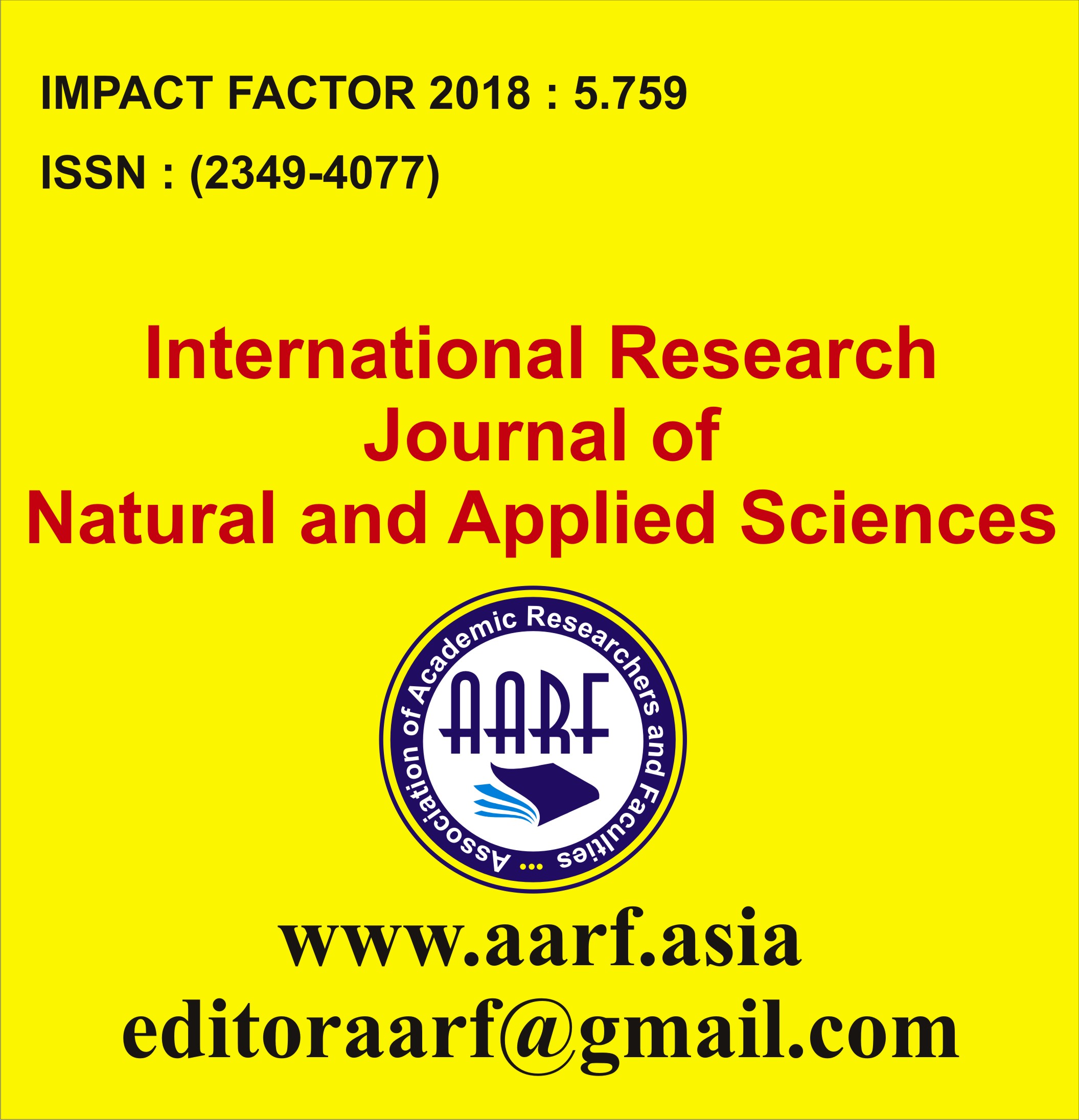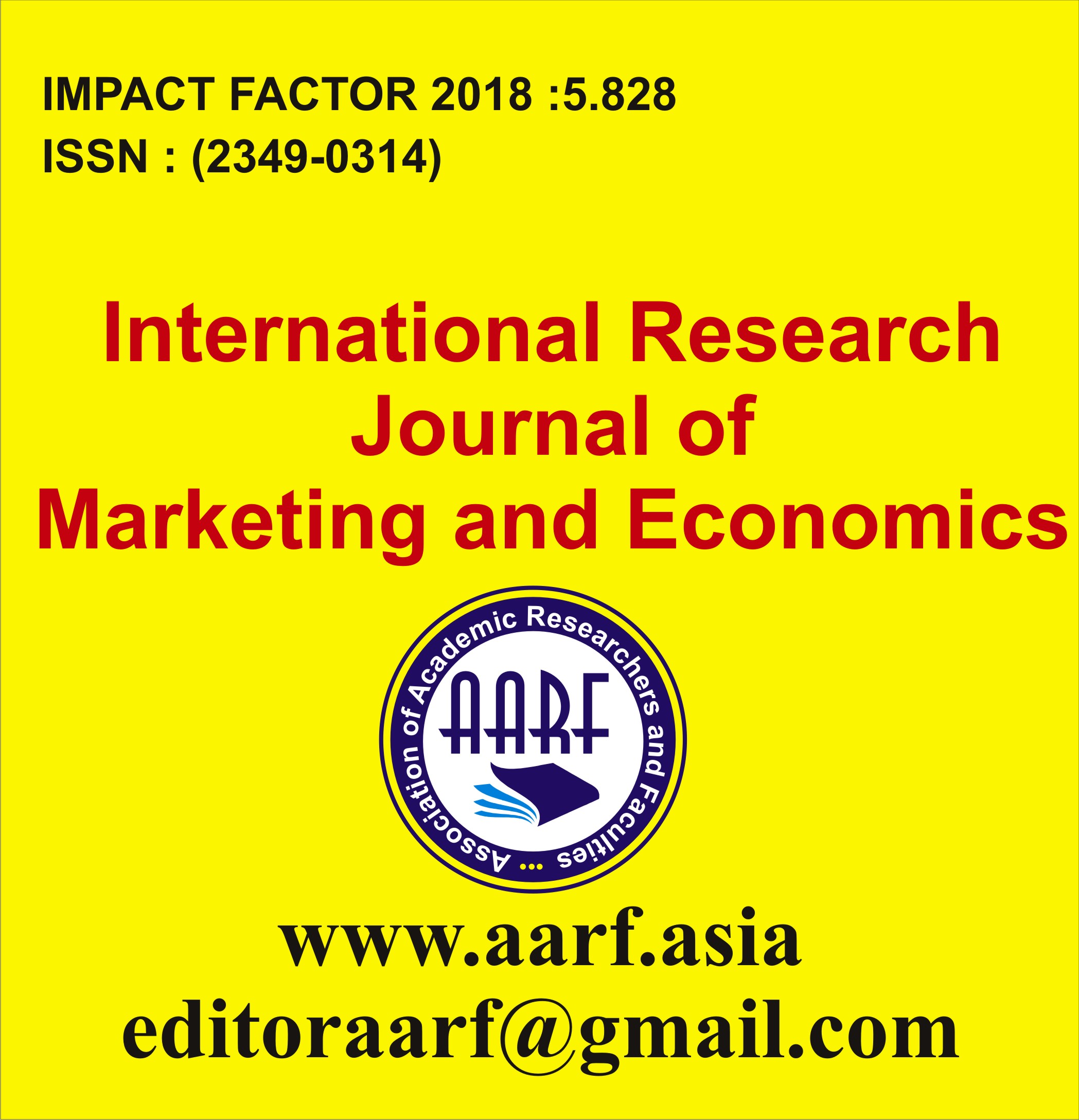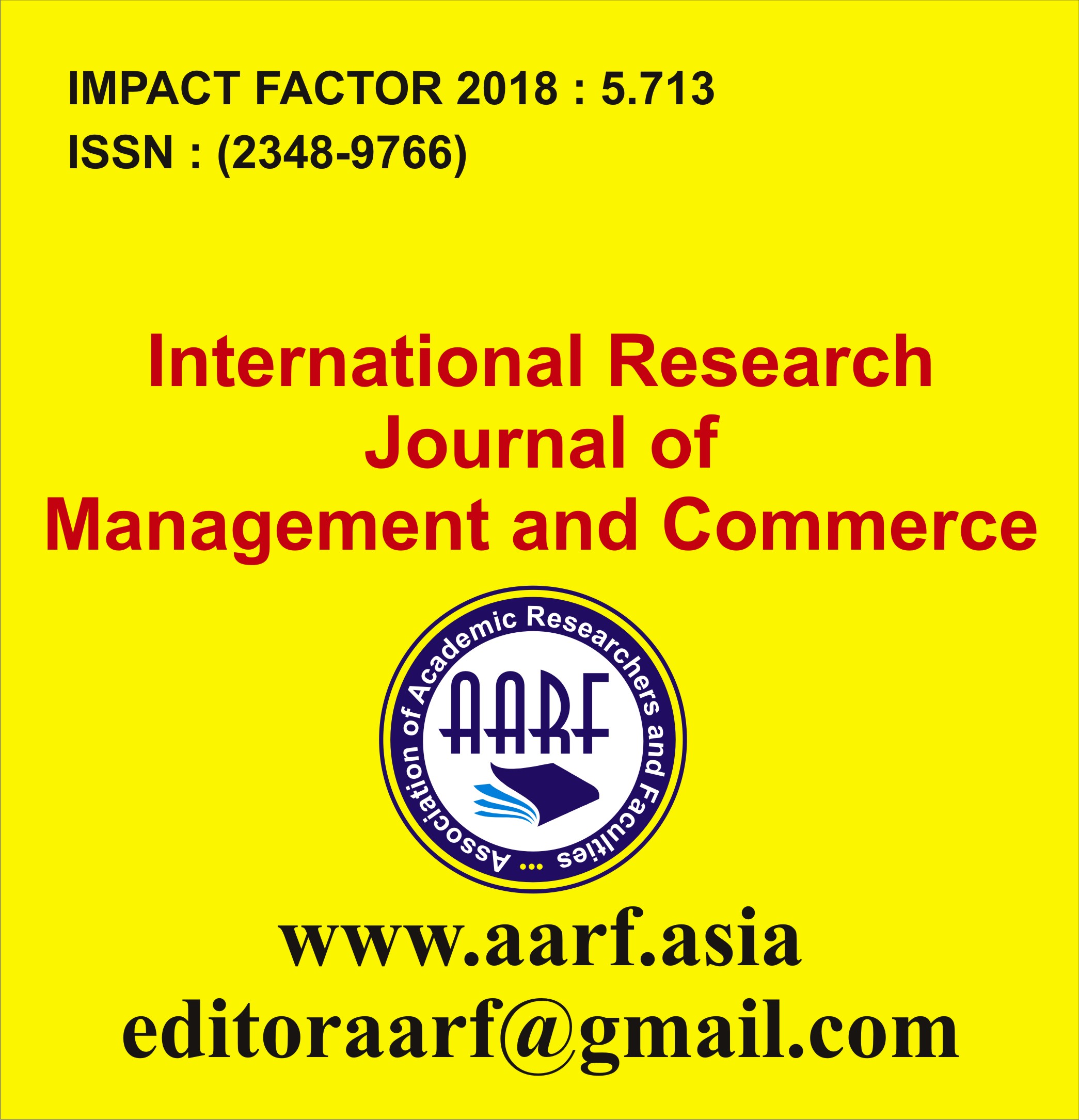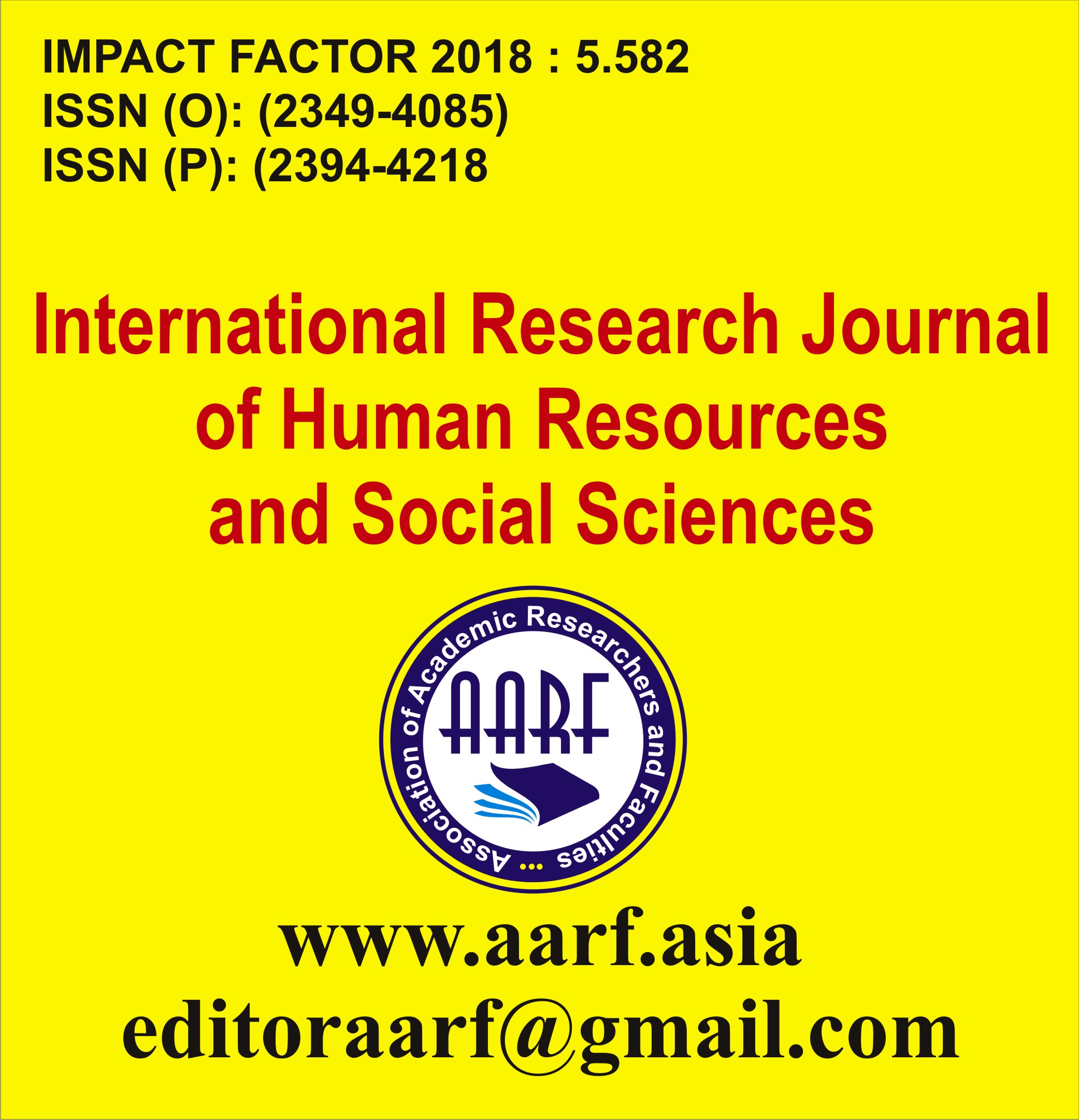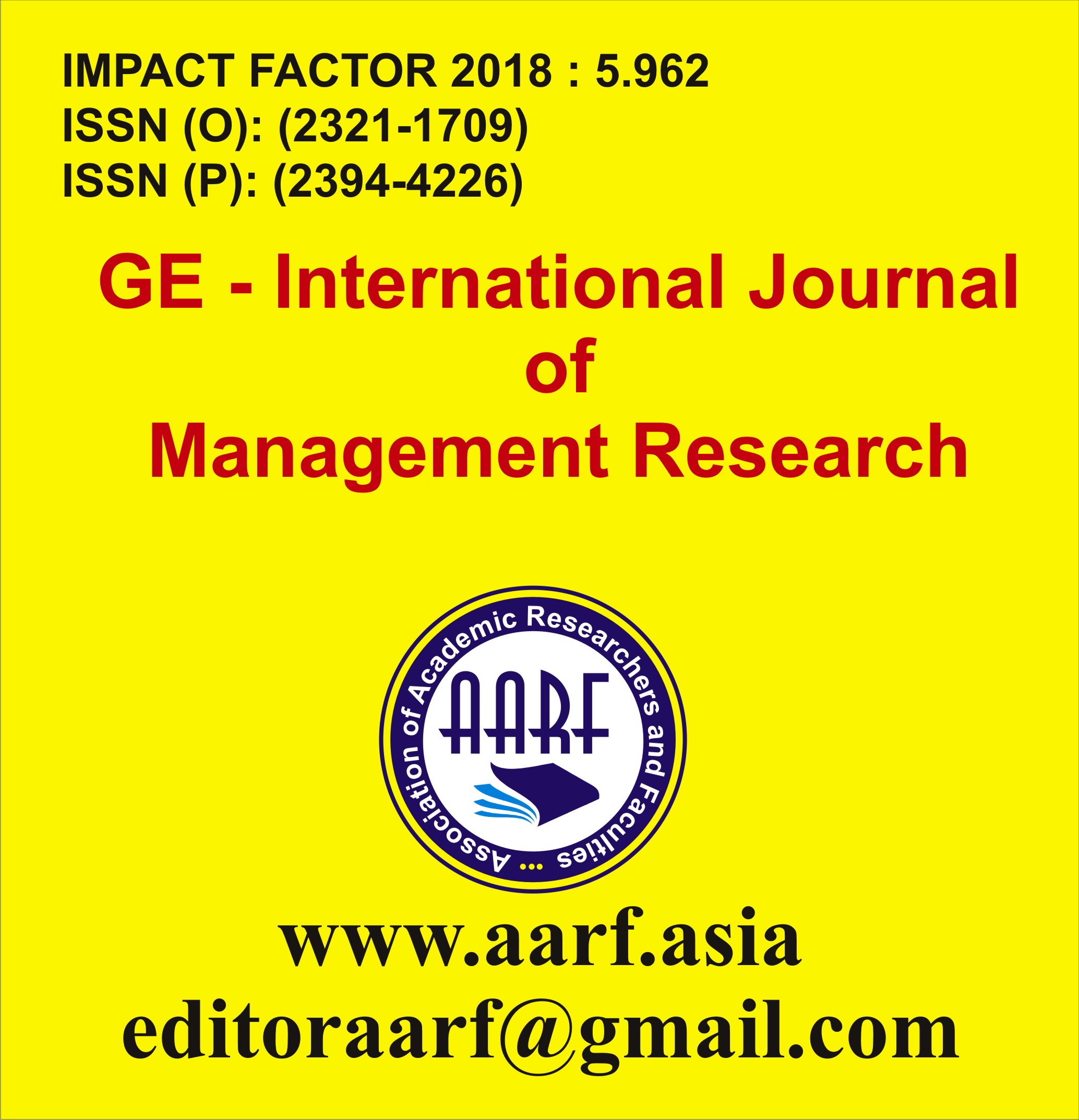
- Current Issue
- Past Issues
- Conference Proceedings
- Submit Manuscript
- Join Our Editorial Team
- Join as a Member

| S.No | Particular | Page No. | |
|---|---|---|---|
| 1 |
S.ShanmugananthanAbstract: Cypermethrin is one of the most widely used pesticides in the country for agriculture crop production. Due to least water solubility and toxicity, its removal needs especial attention. Microbial degradation is considered to be an efficient and cost-effective method for decontamination of toxic pesticides from the environment. In this study, Pseudomonas was used to assess its biodegradation potential for cypermethrin in aqueous system. The experimental findings indicate that Pseudomonas was able to degrade cypermethrin, if suitable environmental conditions provided in the reactor. Increased concentration from 5 to 50 mg/L gradually decreased the removal efficiency. However, under continuous agitation, complete degradation of cypermethrin (10 mg/L) occurred within a period of 24 hours. These results suggest that the use of potential microorganisms in the treatment system can successfully overcome many of the disadvantages associated with the conventional method used for the degradation of inhibitory compounds. |
|
1-13 |
| 2 |
M. Hemalatha1, G.Arunkumar2*Abstract: Alcohol-based fixatives are used to fix a wide range of tissues including its usage in oral exfoliative cytology. Ethanol is the most used fixative in labs though high in price and creating health problems like nausea, vomiting, drowsiness, unconsciousness, and affecting the eyesight of the lab technician. Because of its disadvantages, a biodegradable, and cost-efficient fixative was discovered. This review compares the efficiency and effectiveness of different concentrations of refined honey as a fixative in comparison with 95% ethanol. Fundamentally |
|
14-20 |










